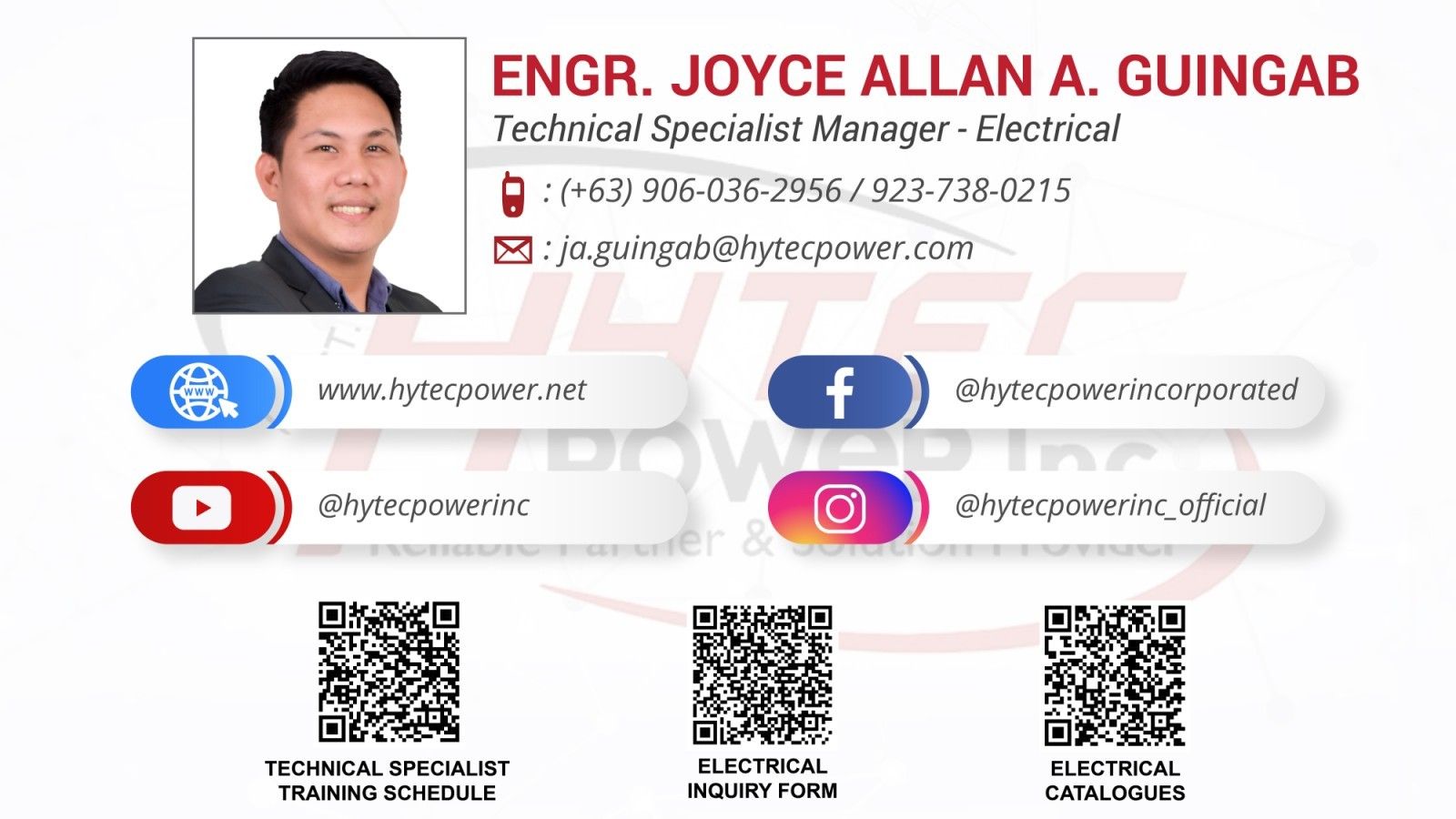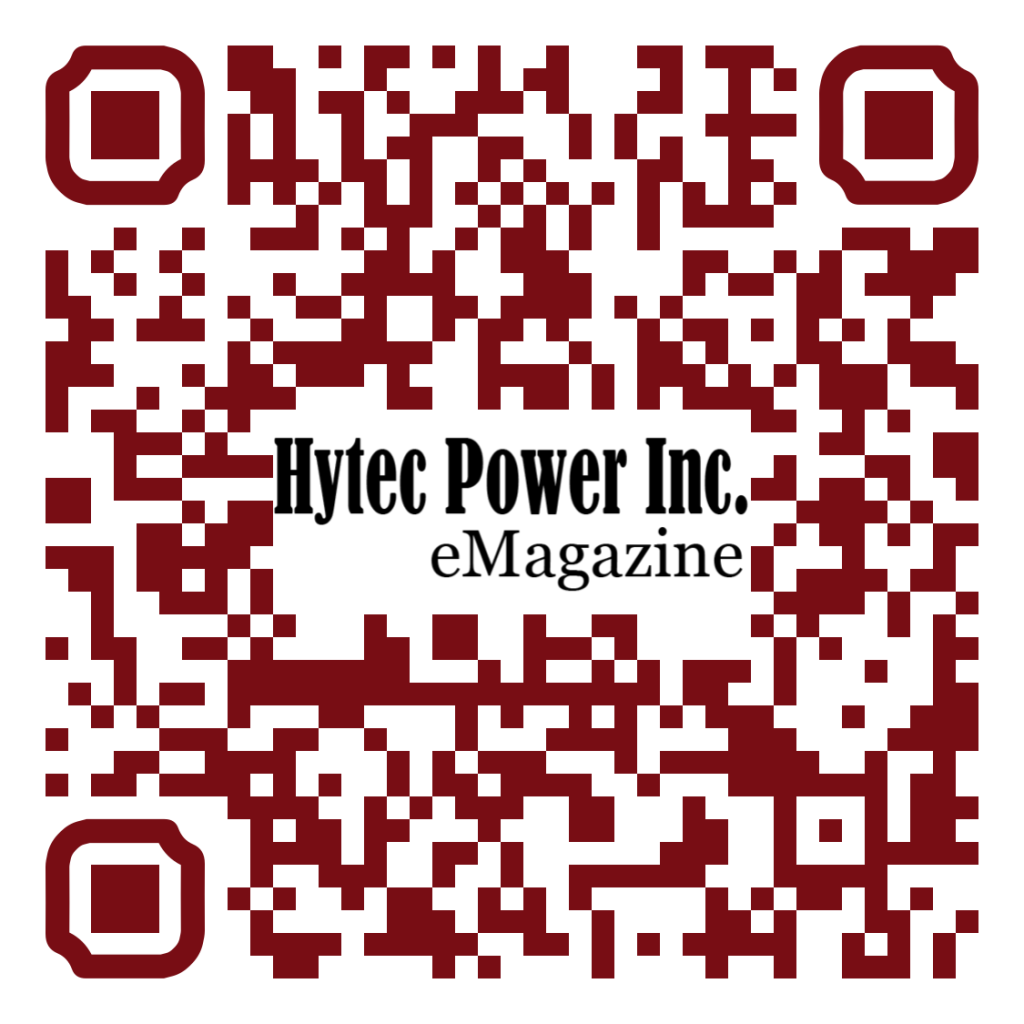
Remote training is at the forefront of every Learning Institution as the global COVID-19 pandemic thrust remote working into the spotlight. However, this crisis has merely accelerated a process that was going to happen anyway, as the remote training paradigm becomes increasingly popular with each passing month.
This method of training delivery has its own set of challenges that can catch even seasoned training professionals off guard.

GOOD NEWS! Our partner, De Lorenzo in distributing premium quality of Open electrical machine laboratory (the lab where rotor windings, stator windings and brushes are completely exposed and where almost all electric machines can be studied) has the ANSWER!
Our popular OPENLAB trainer goes digital! The laboratory for the study of Electrical Machines is now available in a Smart Simulator version. Loaded with 45 experiments, our DL OPENLAB-SSEM is a great alternative for remote learning.

The DL OPENLAB SMARTSIM is a software that has been developed to teach main topics related to electric
machines in a unique and effective way. With this software, students can improve their individual experience
studying electric machines in practice.
Students will be able to carry out several experiments dealing with
the following topics:
• mechanical assembly,
• wiring, tests and measurements.
This software will be able to reproduce the features and behaviors of DE LORENZO Electric Machines
Laboratory – DL OPENLAB.
E-LEARNING PLATFORM
With this type of software developed by DE LORENZO, students can learn in their own rhythm and teachers
have more time to support the class, manage and improve the process because – unlike any other simple
simulator – it grants the following benefits:
1) EFFECTIVE GUIDE FOR STUDENT: possibility to access learning topics, with theory, instructions and
experiment proposals. The software includes a virtual version of the DL OPENLAB system;

2) AUTOMATIC VALIDATION OF STUDENTS’ TASKS: the software automatically verifies if the student
completed successfully each task in order to allow him/her to go ahead with the next one;

3) TRACKING OF STUDENTS’ PROGRESS: the teacher can verify the students’ progress any time consulting
the specific summary in the software or exporting it to a spreadsheet.

How does it help the professor?
With this software, the teacher spends less time explaining topics, verifying students’ activities and helping
students do identify mistakes that do not allow the successful completion of the experiment. That means
that the professor has more time to manage the class, make improvements and help students who need
more attention. The two following points grant such benefits:

1) The software automatically verifies the experiments carried out by the students and it gives relevant
feedbacks:
Like in a game that has different phases with challenges and missions, the DL OPENLAB-SSEM
software includes practical experiments that need to be successfully completed to let the student
access the next one. The teacher does not need to verify continuously if the student carried out the
experiment. Moreover, many questions students would make about “what could be wrong” are
automatically “answered” by the software when the student does not perform the experiment
successfully. The image below summarizes this process.

2) The software tracks the students’ progress and it allow exporting reports:
At any time, the professor may verify how many and – specifically – which experiments the student
has completed. That report can be used to track students’ activities and it can be considered as an
evaluation tool. This report can be generated and displayed directly in the system or it can be
exported to a spreadsheet.

